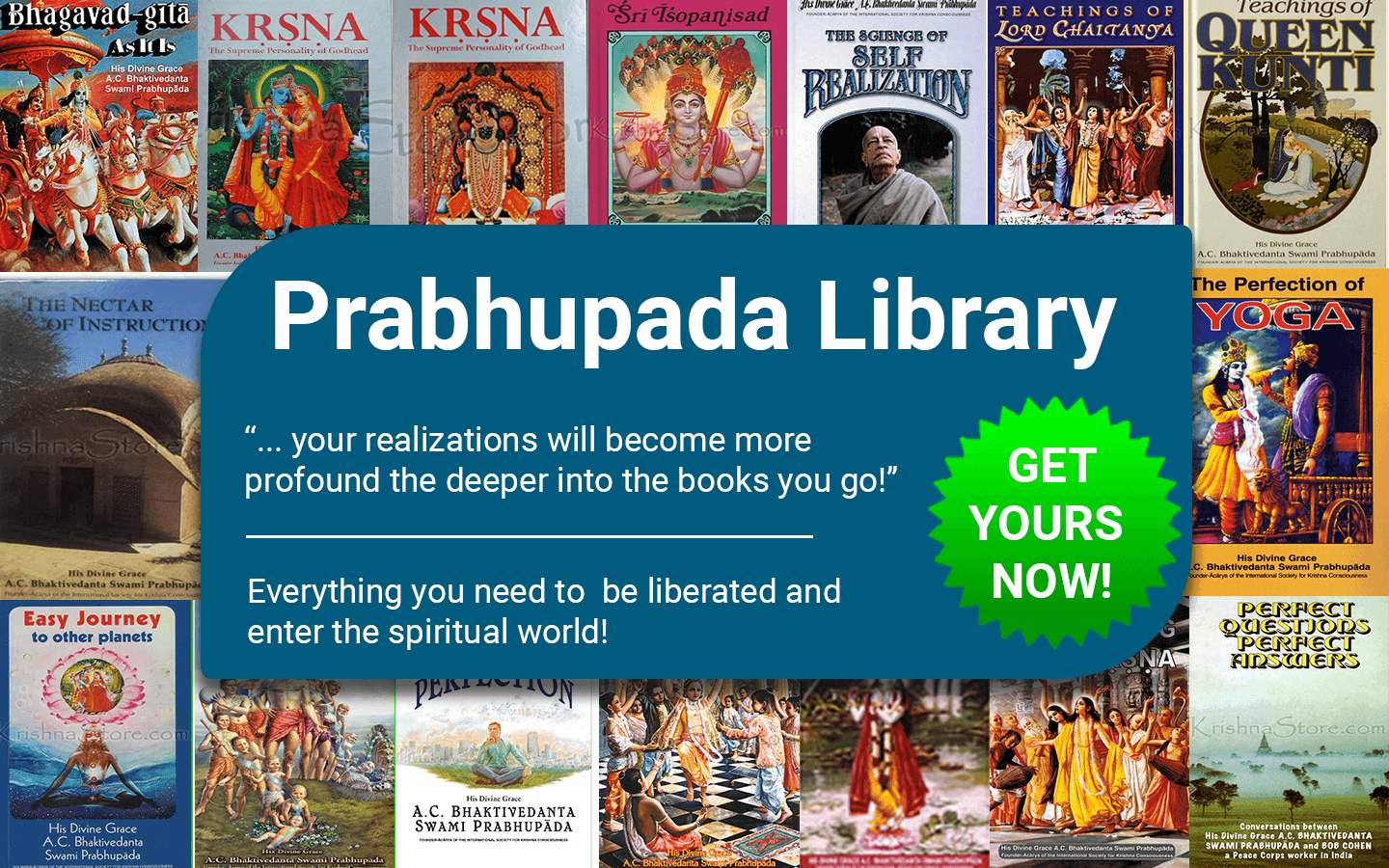Chapter 2: Contents of the Gita Summarized
Bg 2.15
TEXT 15
yam hi na vyathayanty ete
purusam purusarsabha
sama-duhkha-sukham dhiram
so 'mrtatvaya kalpate
purusam purusarsabha
sama-duhkha-sukham dhiram
so 'mrtatvaya kalpate
SYNONYMS
yam—one who; hi—certainly; na—never; vyathayanti—are distressing; ete—all these; purusam—to a person; purusarsabha—is best among men; sama—unaltered; duhkha—distress; sukham—happiness; dhiram—patient; sah—he; amrtatvaya—for liberation; kalpate—is considered eligible.
TRANSLATION
O best among men [Arjuna], the person who is not disturbed by happiness and distress and is steady in both is certainly eligible for liberation.
PURPORT
Anyone who is steady in his determination for the advanced stage of spiritual realization and can equally tolerate the onslaughts of distress and happiness is certainly a person eligible for liberation. In the varnasrama institution, the fourth stage of life, namely the renounced order (sannyasa) is a painstaking situation. But one who is serious about making his life perfect surely adopts the sannyasa order of life in spite of all difficulties. The difficulties usually arise from having to sever family relationships, to give up the connection of wife and children. But if anyone is able to tolerate such difficulties, surely his path to spiritual realization is complete. Similarly, in Arjuna's discharge of duties as a ksatriya, he is advised to persevere, even if it is difficult to fight with his family members or similarly beloved persons. Lord Caitanya took sannyasa at the age of twenty-four, and His dependants, young wife as well as old mother, had no one else to look after them. Yet for a higher cause He took sannyasa and was steady in the discharge of higher duties. That is the way of achieving liberation from material bondage.
Copyright (c) 1972 by His Divine Grace A.C. Bhaktivedanta Swami Prabhupada











